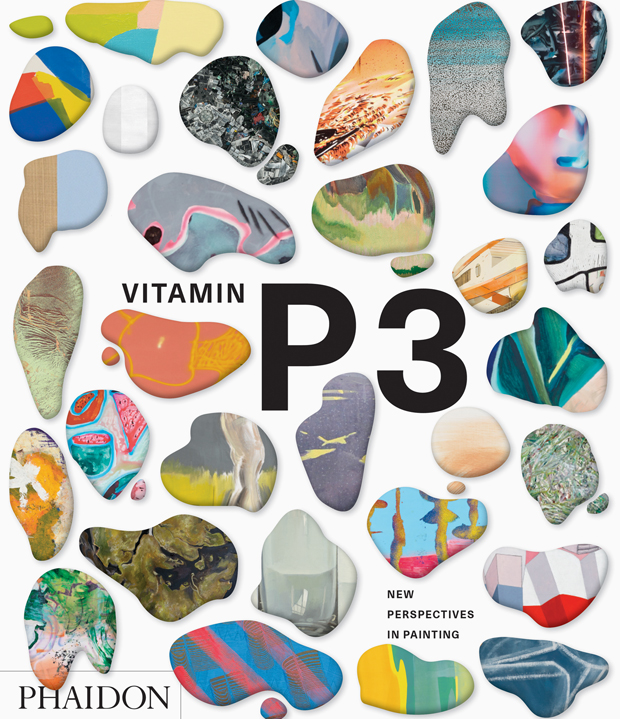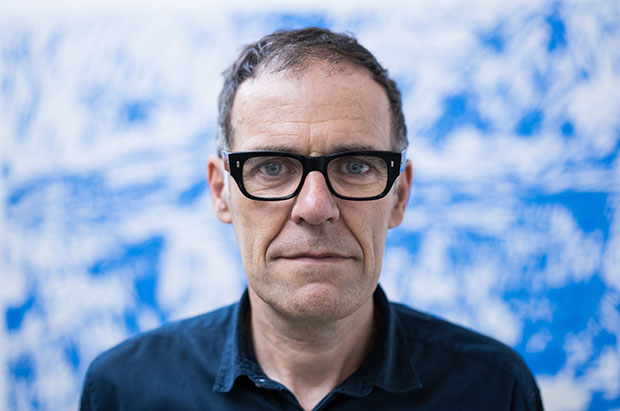
Dexter Dalwood - Why I Paint
Exploring the creative processes of tomorrow's artists today - as featured in Vitamin P3
Bristol born Dexter Dalwood’s recent paintings aim to slow down the viewer. He is concerned that the medium has the potential to give everything away too quickly, especially when compared with other contemporary disciplines such as performance, film or video – which require a commitment of time – or even sculpture, for which a viewer must move through physical space in order to completely ‘take in’ the work. Painting, in contrast, is fully contained within its edges, and even the largest of canvases can be consumed with a cursory glance.
To combat this, Dalwood creates visual collages with paint that combine disparate elements. With carefully balanced compositions, his paintings offer no immediate resting point for the eye. Recognizable objects or familiar motifs hint at connections between diverse parts and the works become a puzzle to be solved, offering to reward the viewer willing to take the time to pause, look and think.
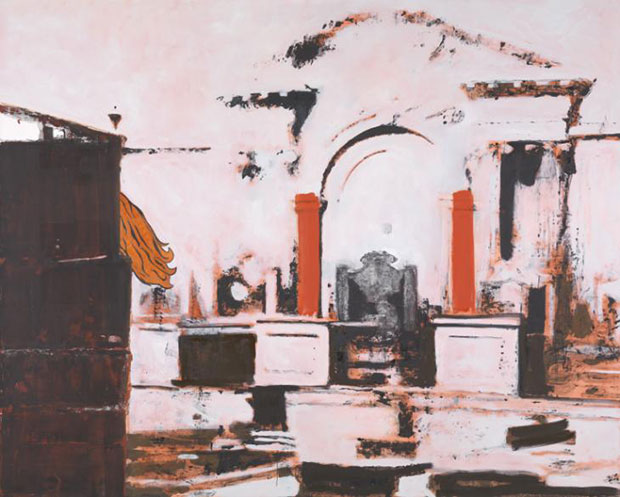
Combining well-known and more obscure art historical references, Dalwood draws on a deep knowledge of the history of painting, seeking out overlooked corners of artworks to quote in his own work, often uniting different periods of art history, for example juxtaposing fragments from works by Delacroix, Gauguin, Braque and Lichtenstein in Yellow Mirror (2016) (pictured below) which he describes as a ‘bric-a-brac shop of Modernism’. Here, the Vitamin P3-featured painter tells us what interests, inspires and spurs him on.
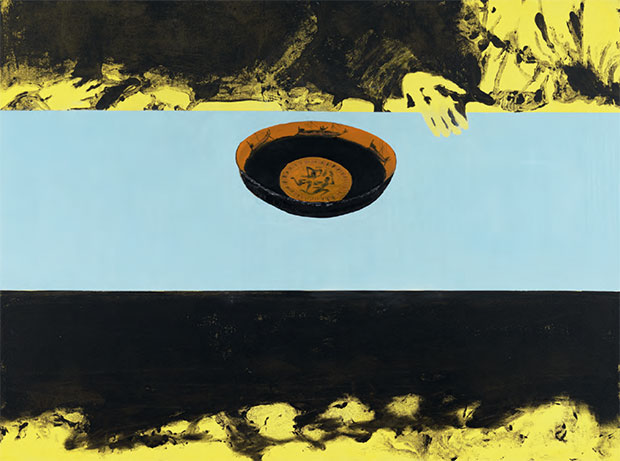
Who are you? I am a painter who lives in London.
What’s on your mind right now? How can I resolve the bottom half of this new painting? What is the painting equivalent of film editing in the sense of ‘holding long and cutting short ‘
How do you get this stuff out? By remaining true to my obsessions.
How does it fit together? Form - everything else evaporates.
What brought you to this point? A great deal of trial and error. A huge enthusiasm for and belief in art. Thinking about what I don’t see enough of but would dearly love to see. Sheer bloody perseverance. The total excitement of looking at and thinking about painting.
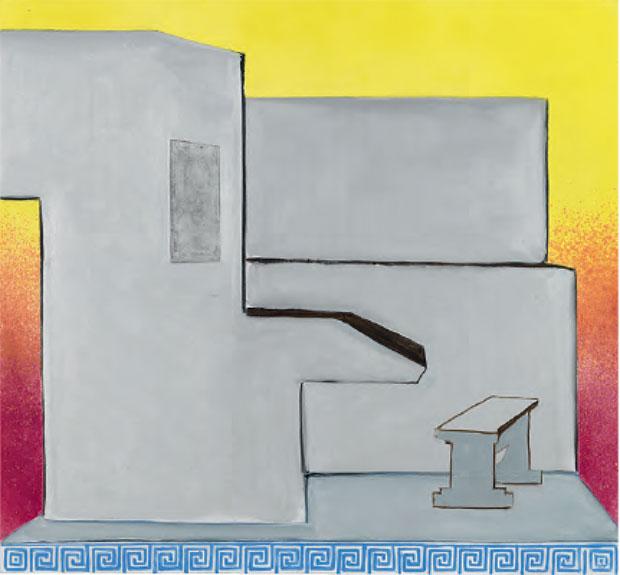
Can you control it? No not really – to be in control is different to being able to guide the way things unfold. Time itself has a phenomenal effect on what I am interested in as an artist – every stage of life throws up a completely new set of criteria for consideration. What surprises me now is that the art that arrested my 18 year old self wandering through a museum is completely different to the art that stopped me in my tracks ten, twenty, years later or that I stop to contemplate now. As I work, my interests and how they influence the way I make a painting shift and change without any conscious control from me.
Have you ever destroyed one of your paintings? I have destroyed quite a few paintings. There is nothing more liberating than finally taking the knife to a canvas that (you just can’t kid yourself) will ever be resolved. Also it’s a form of editing. Painters need to edit just as much as anyone.
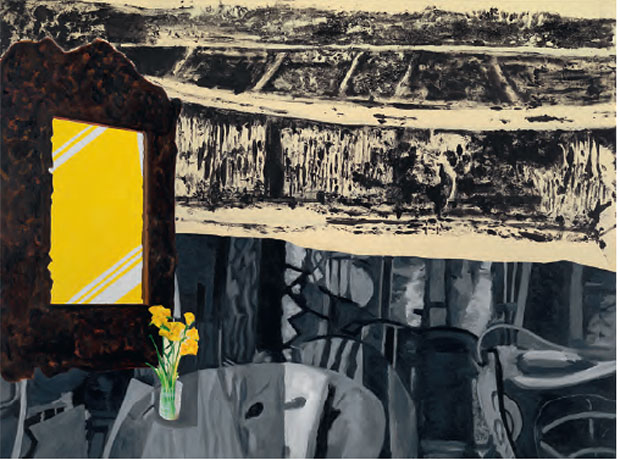
What’s next for you, and what’s next for painting? Reading early twentieth century texts about what might be next for art makes for sobering reading. No one talks much about the philosophy of Suprematism any longer...When I studied at the RCA there was a postgraduate course in holography. Now, the idea of the hologram as an art form is laughable. I don’t think there is a what’s next for painting – this would suppose that it needs one.
Vitamin P3 New Perspectives In Painting is the third in an ongoing series that began with Vitamin P in 2002 and Vitamin P2 in 2011. For each book, distinguished critics, curators, museum directors and other contemporary art experts are invited to nominate artists who have made significant and innovative contributions to painting. The series in general, and Vitamin P3 in particular, is probably the best way to become an instant expert on tomorrrow's painting stars today.
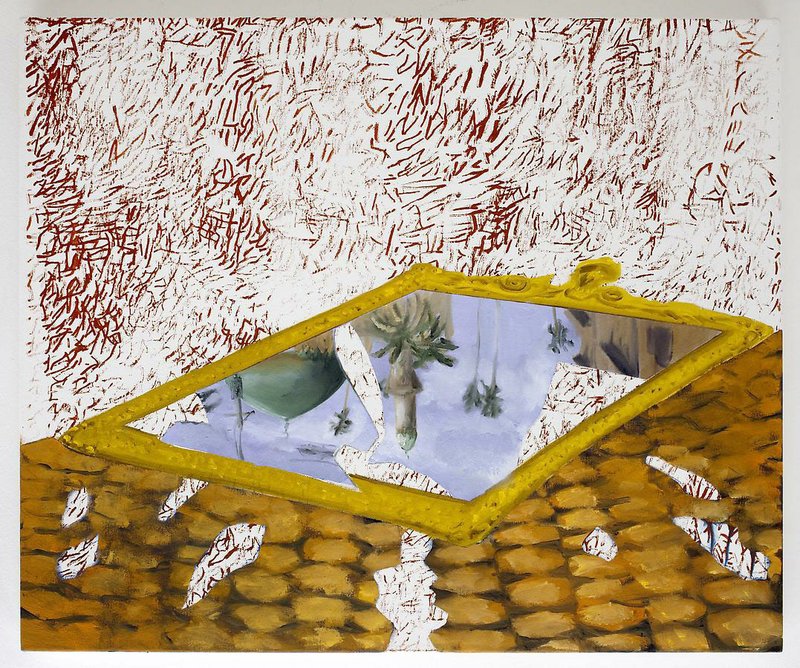
Find out more about Vitamin P3 New Perspectives In Painting here. Check back for another Why I Paint interview with a Vitamin P3-featured artist tomorrow. And check out this great painting by Dexter Dalwood on Artspace now. And if you're quick, you can snap up works by many of the other painters featured in Vitamin P3 at Artspace - the best place to buy the world's best contemporary art. And be sure to check out more of Dexter's work at Dexter Dalwood, Simon Lee Gallery and Alan Christea Gallery.
